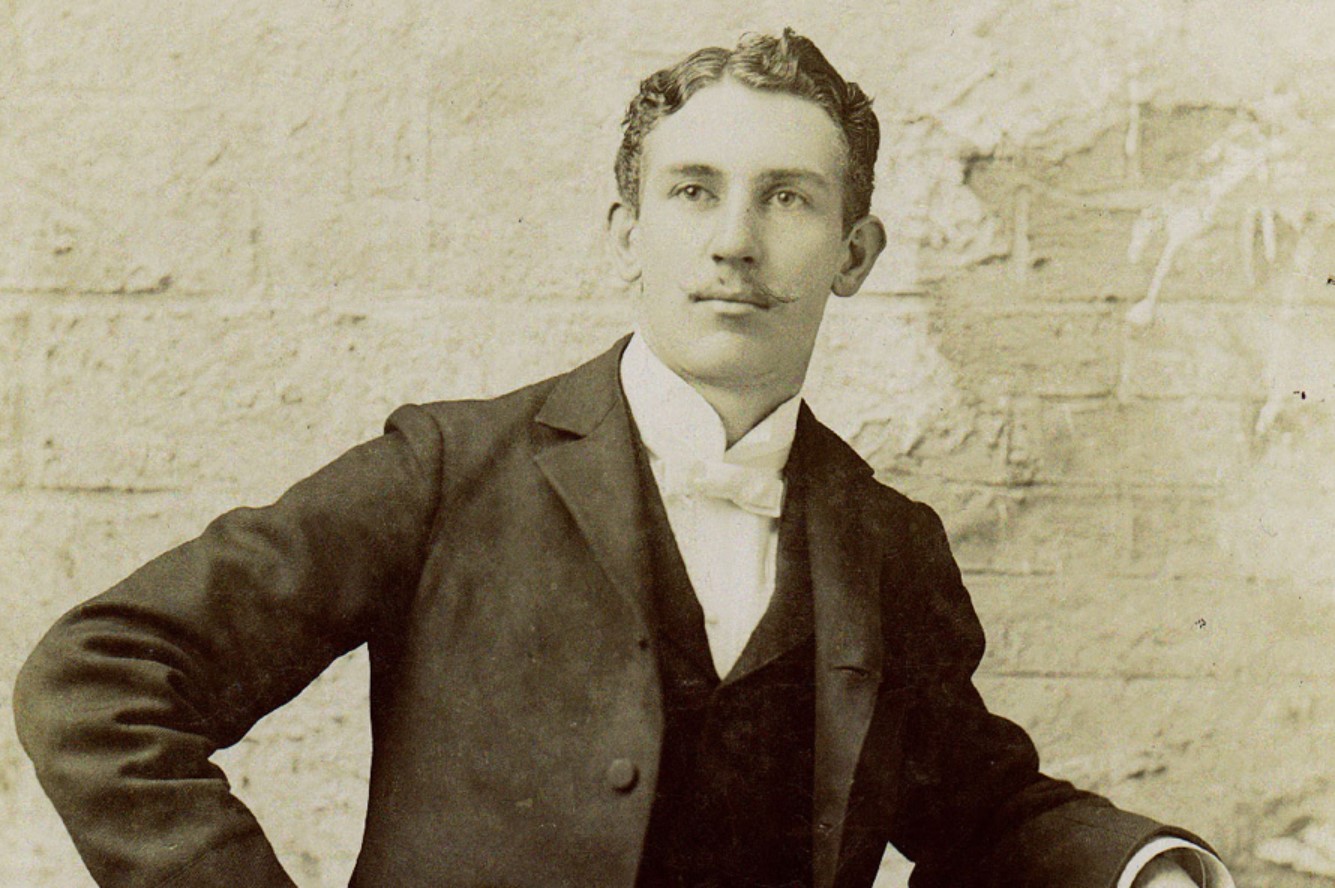2024
GE Aerospace becomes an independent publicly traded company on the New York Stock Exchange.
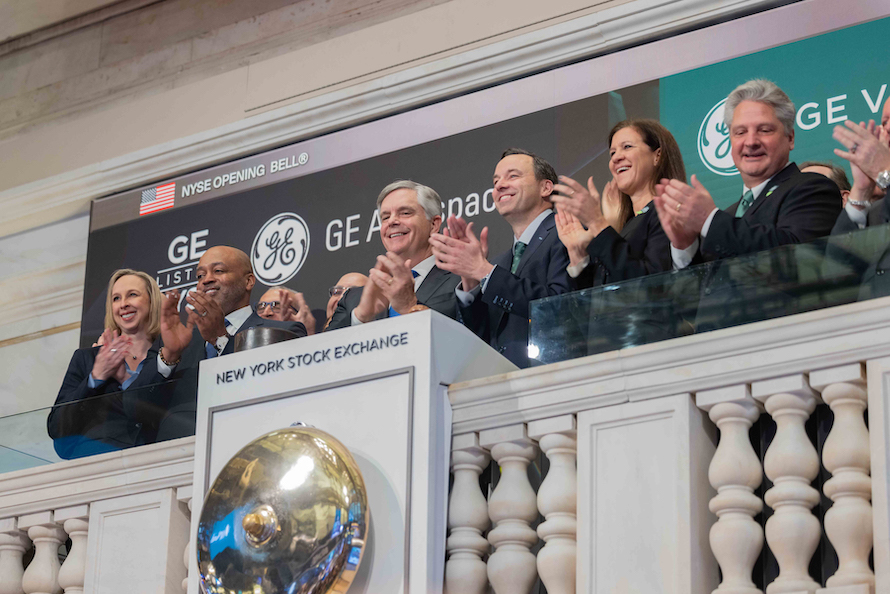
2017
The LEAP jet engine is the first widely deployed product to feature ceramic matrix composites. CMCs are just as tough as metal and even more heat resistant, but only a third as heavy. The engine was created by CFM International, a 50/50 joint venture between GE Aviation and Safran Aircraft Engines.
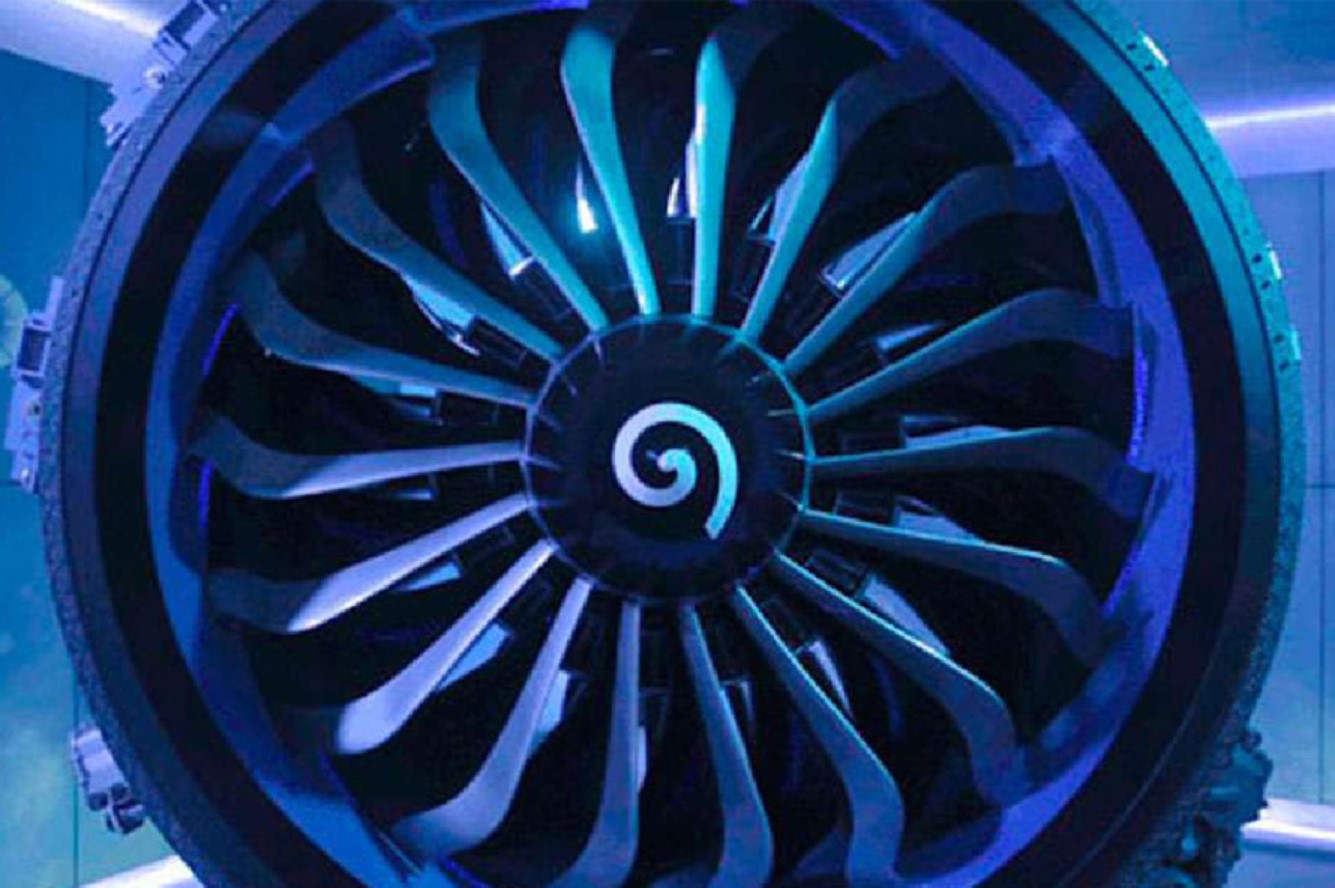
2013
Boeing selects the GE9X as the sole engine for its 777X commercial planes. The GE9X’s 133.5-inch fan is the largest in history. It’s designed for 10% better fuel efficiency than the GE90-115B and produces lower emissions and noise.
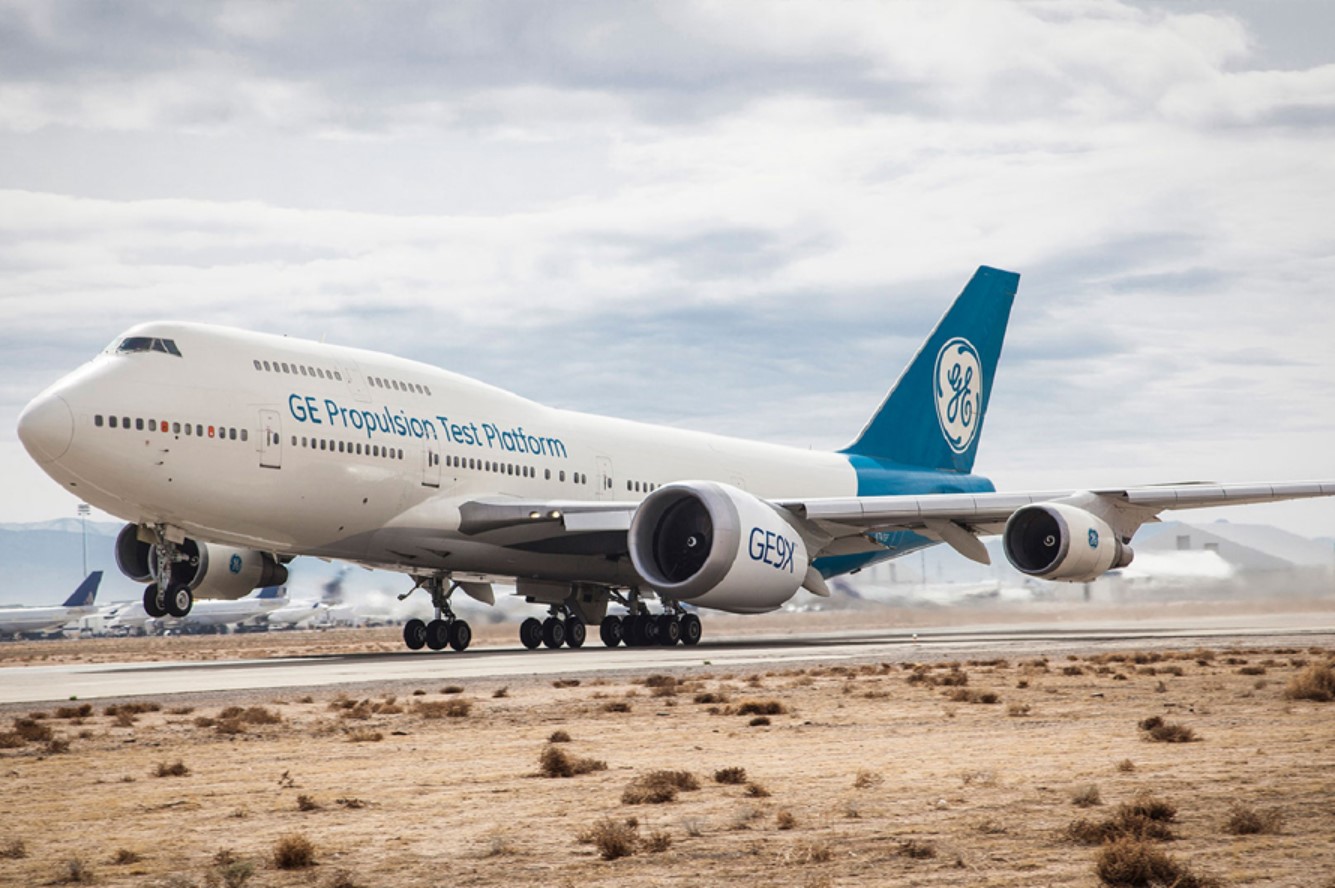
2002
The GE90-115B engine sets a world record for thrust. During certification testing, this pioneering turbofan made with lightweight carbon fiber composite fan blades produces 127,900 pounds of thrust.
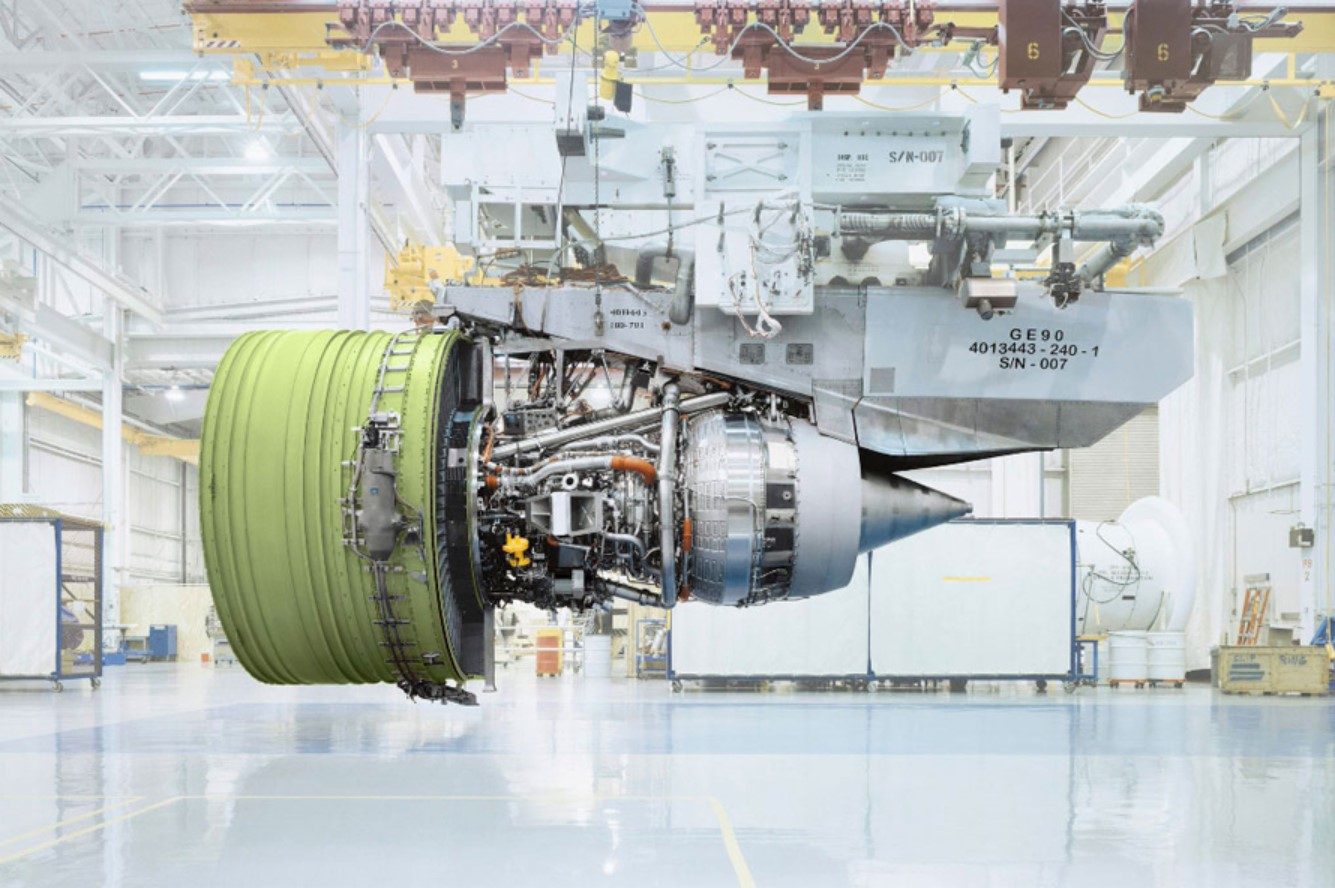
1995
GE introduces the first jet engine to include components made of lightweight carbon fiber composites. The GE90 turbofan substantially reduces engine weight and enables higher standards for fuel burn and emissions.
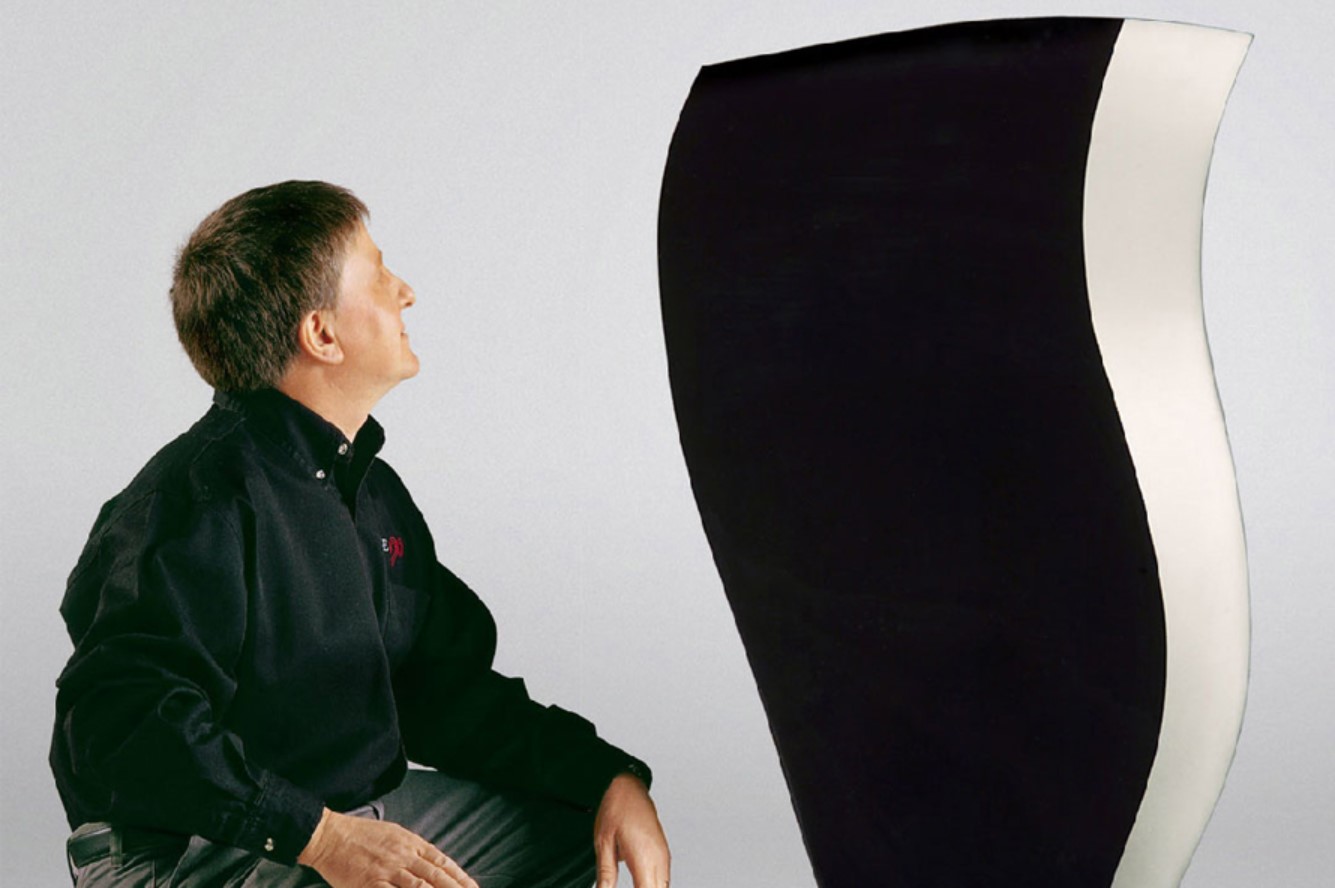
1982
The CFM56 Engine is introduced. It goes on to dominate the engine market for short-haul airliners. The CFM56-3 engine is selected for the Boeing 737.
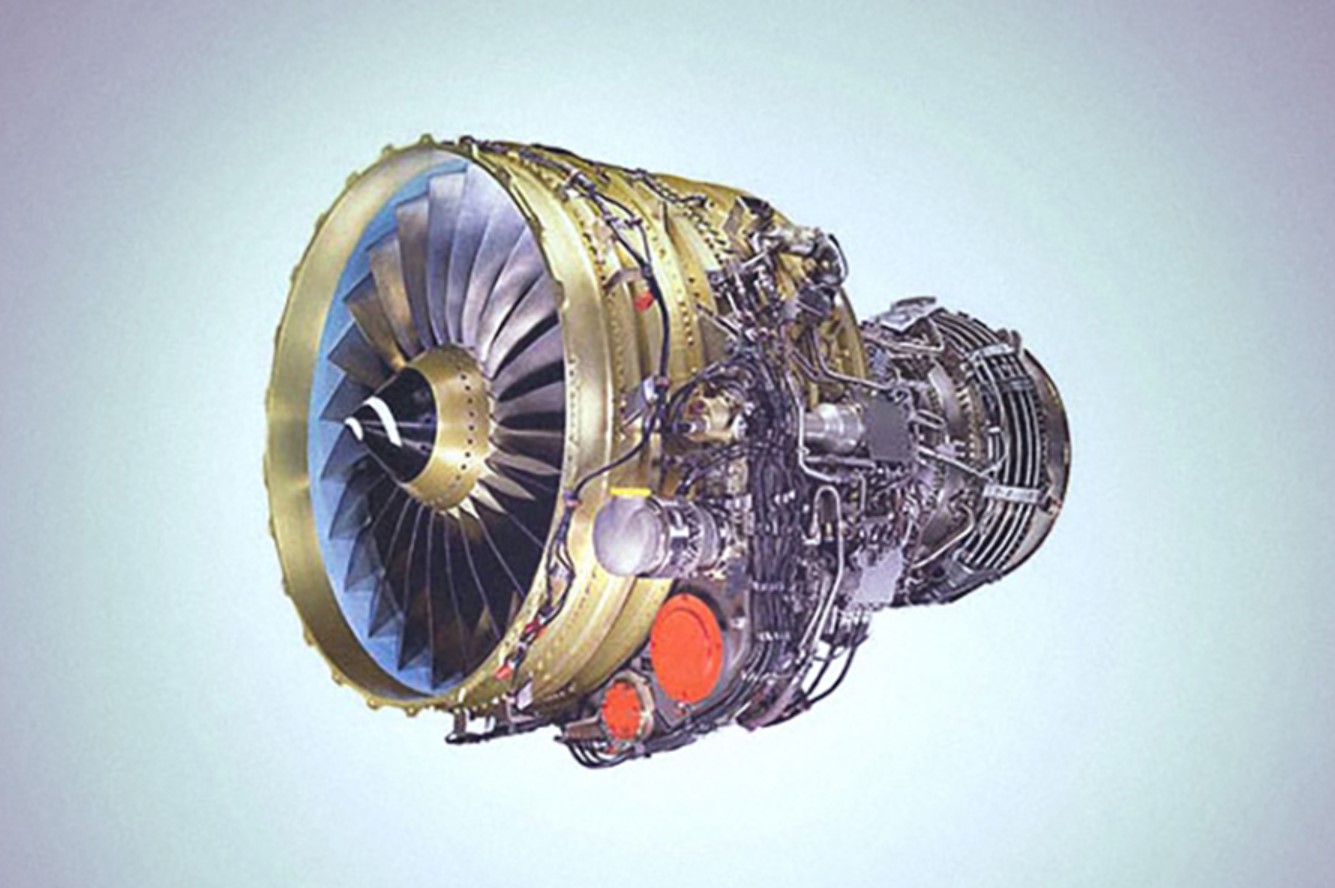
1978
GE delivers its first T700 to power Sikorsky Black Hawk helicopters. This turboshaft engine soon becomes the world’s most popular helicopter engine family for civil and military aircraft.
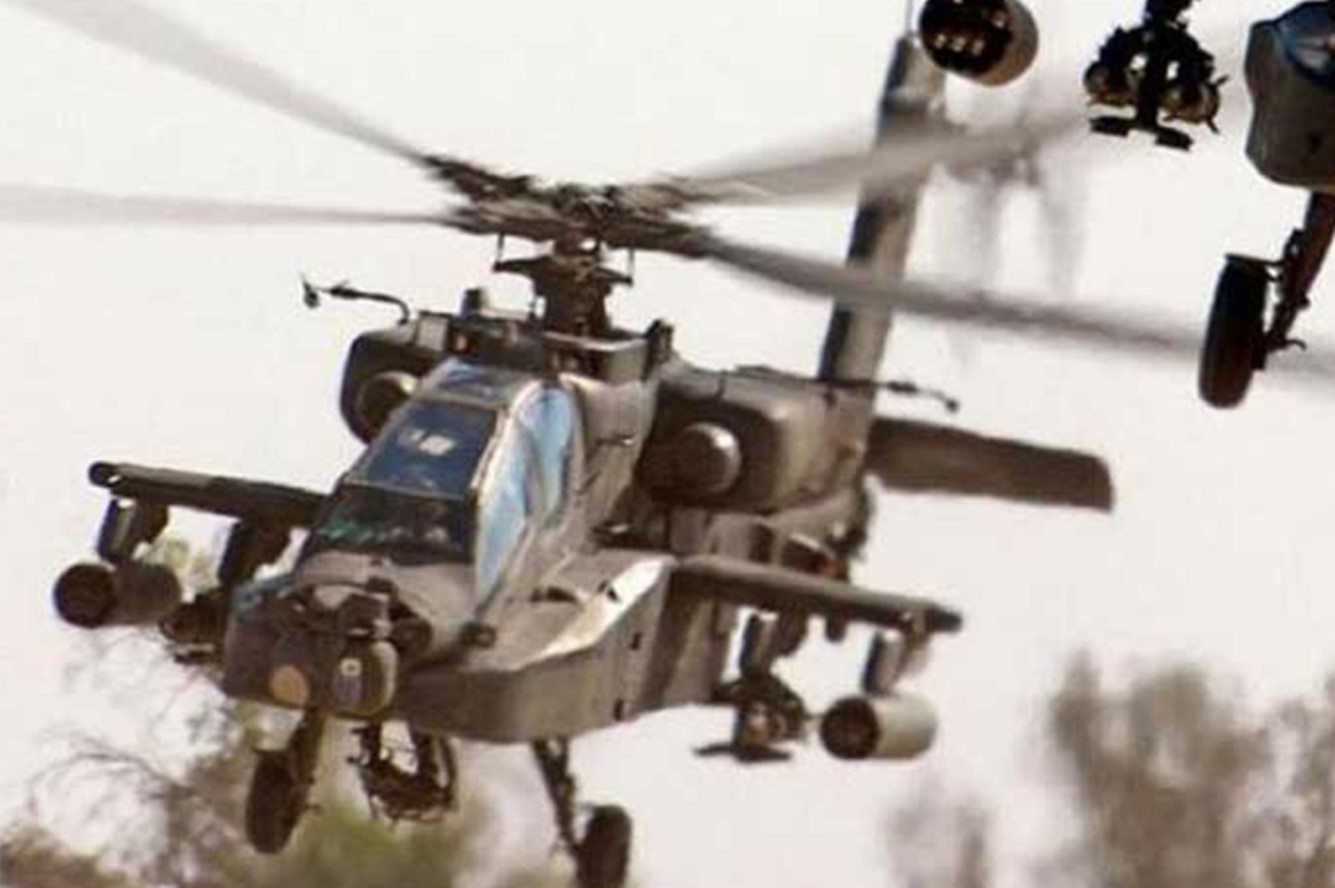
1954
GE’s Small Aircraft Engine Division in Lynn, Massachusetts, designs the T58 “baby gas turbine.” It becomes the first turbine engine certified by the FAA for civil helicopter use.
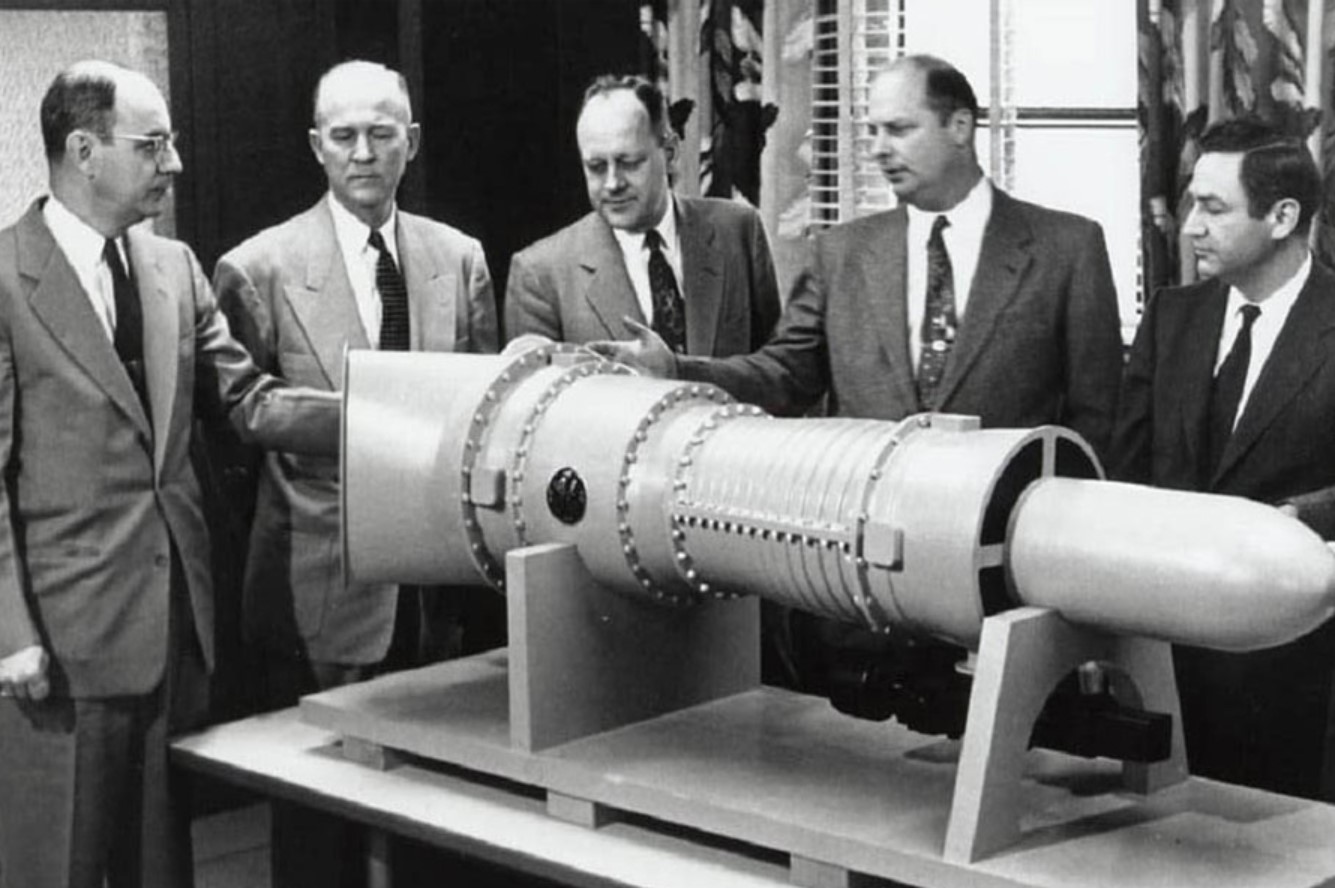
1949
GE introduces the J47, which becomes the world’s most-produced jet engine. By the end of the year, production reaches 200 engines a month.
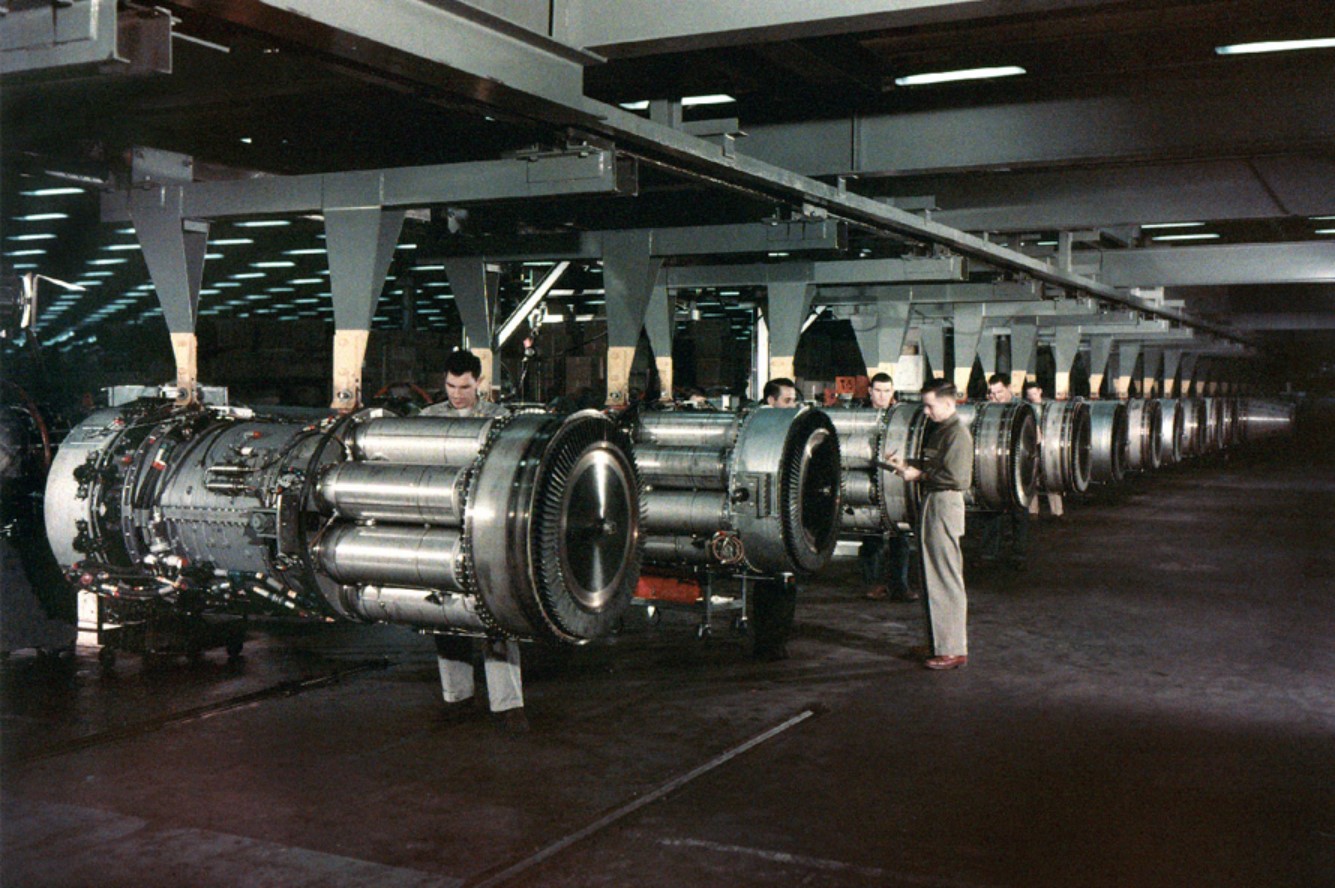
1944
The US Army Air Corps flies its first operational jet fighter, powered by a GE J33. The Lockheed P-80 Shooting Star sets a new speed record, exceeding 550 MPH.
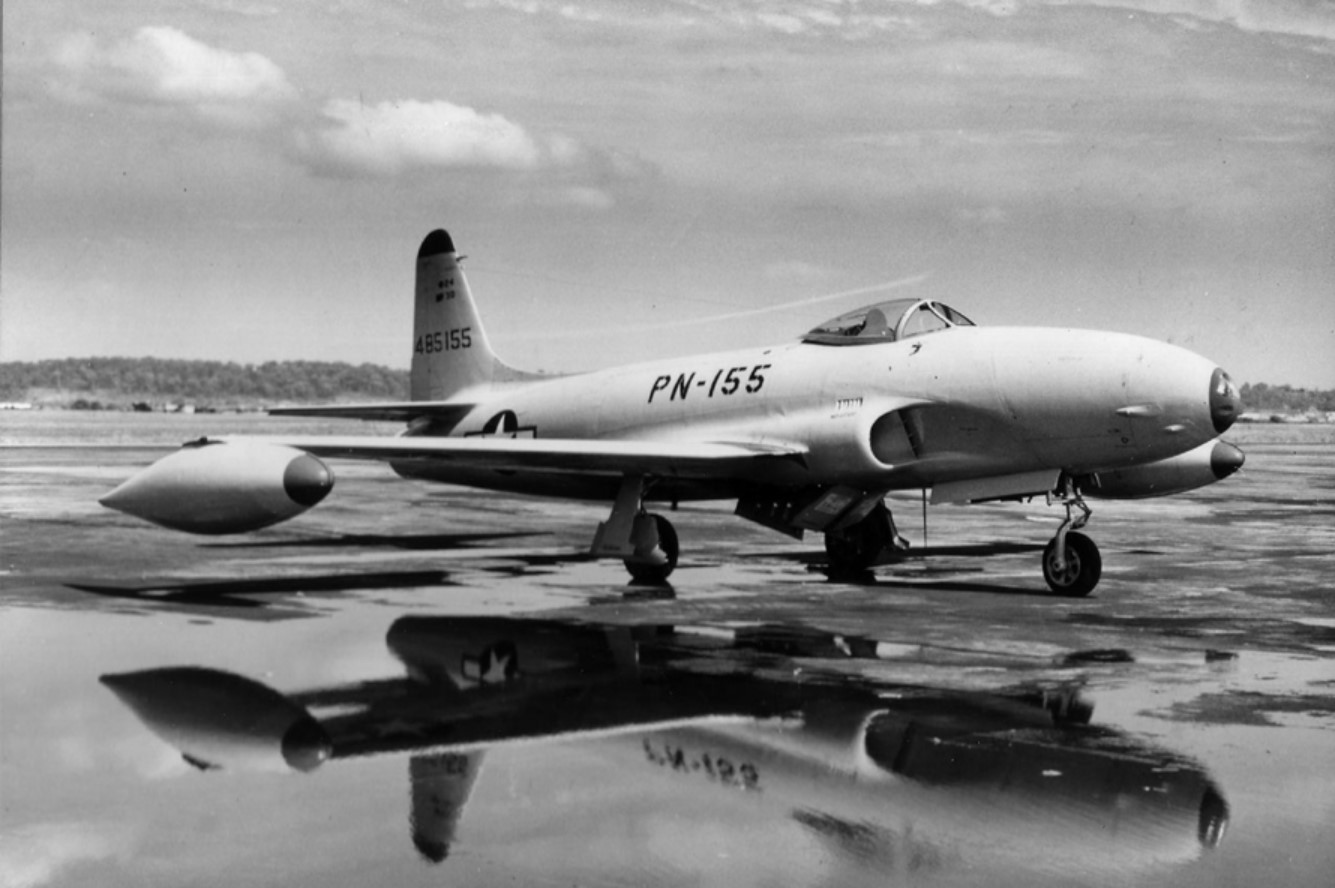
1941
GE builds the first US jet engine, the I-A. It’s used the following year to power America’s first jet aircraft for military use, the Bell P-59 Airacomet.
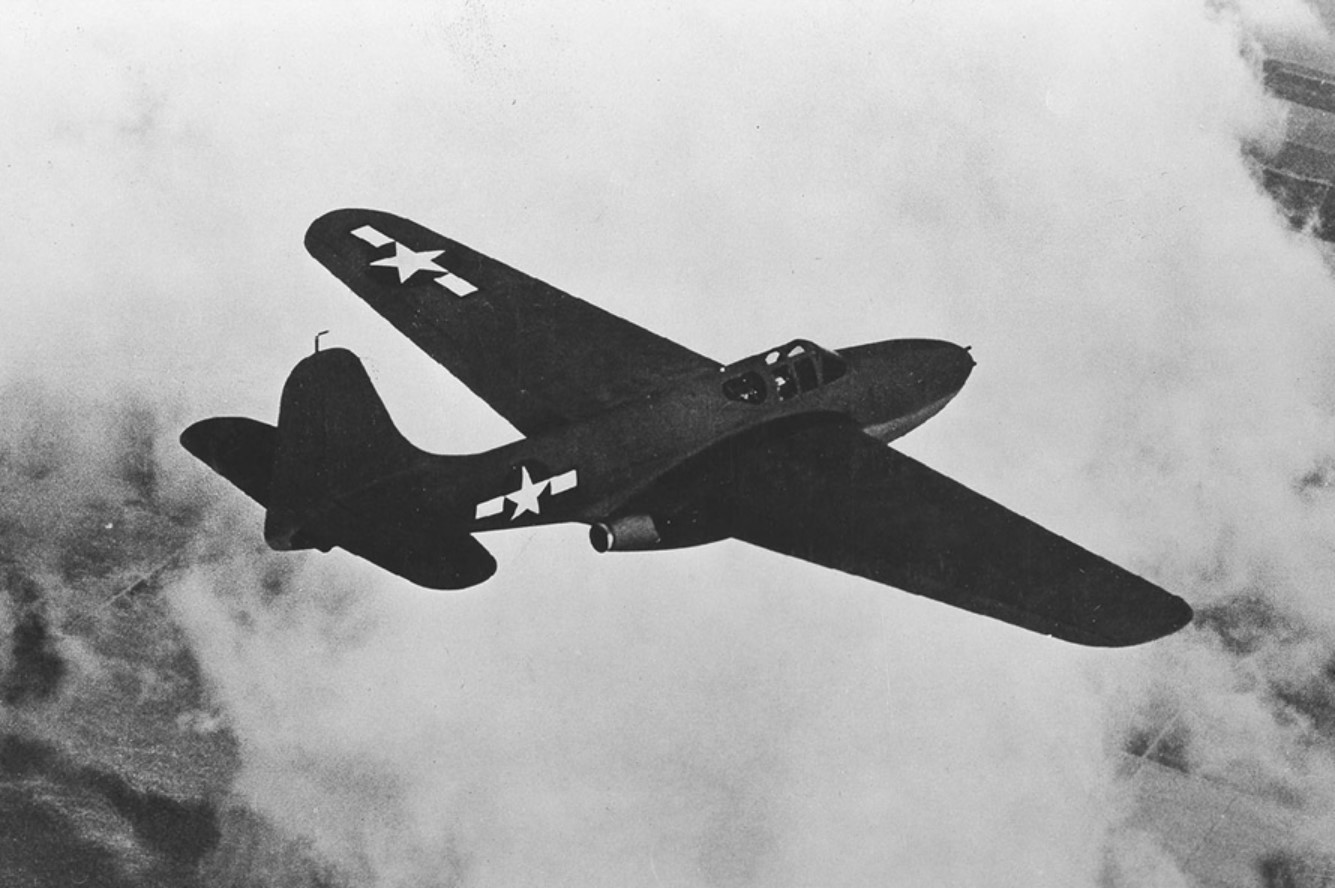
1919
The GE supercharger makes its maiden flight over McCook Field in Dayton, Ohio. Army Major Rudolph “Shorty” Schroeder demonstrates GE’s new high-altitude technology, developed by Sanford Moss, ascending to 16,000 feet as his aircraft comfortably sustains power. Within a month, Schroder sets the first of many new world altitude records, ultimately climbing to 18,400 feet.
